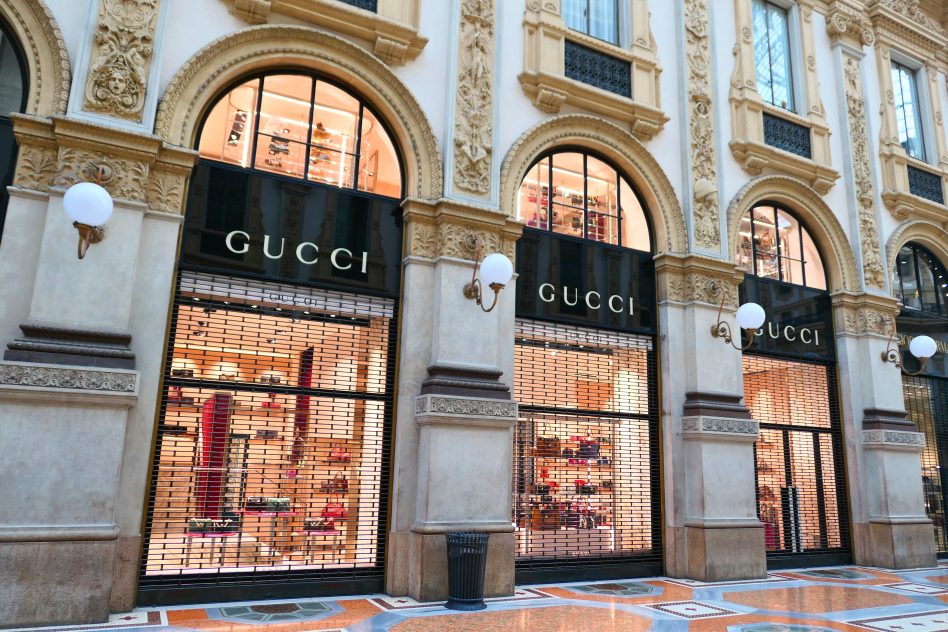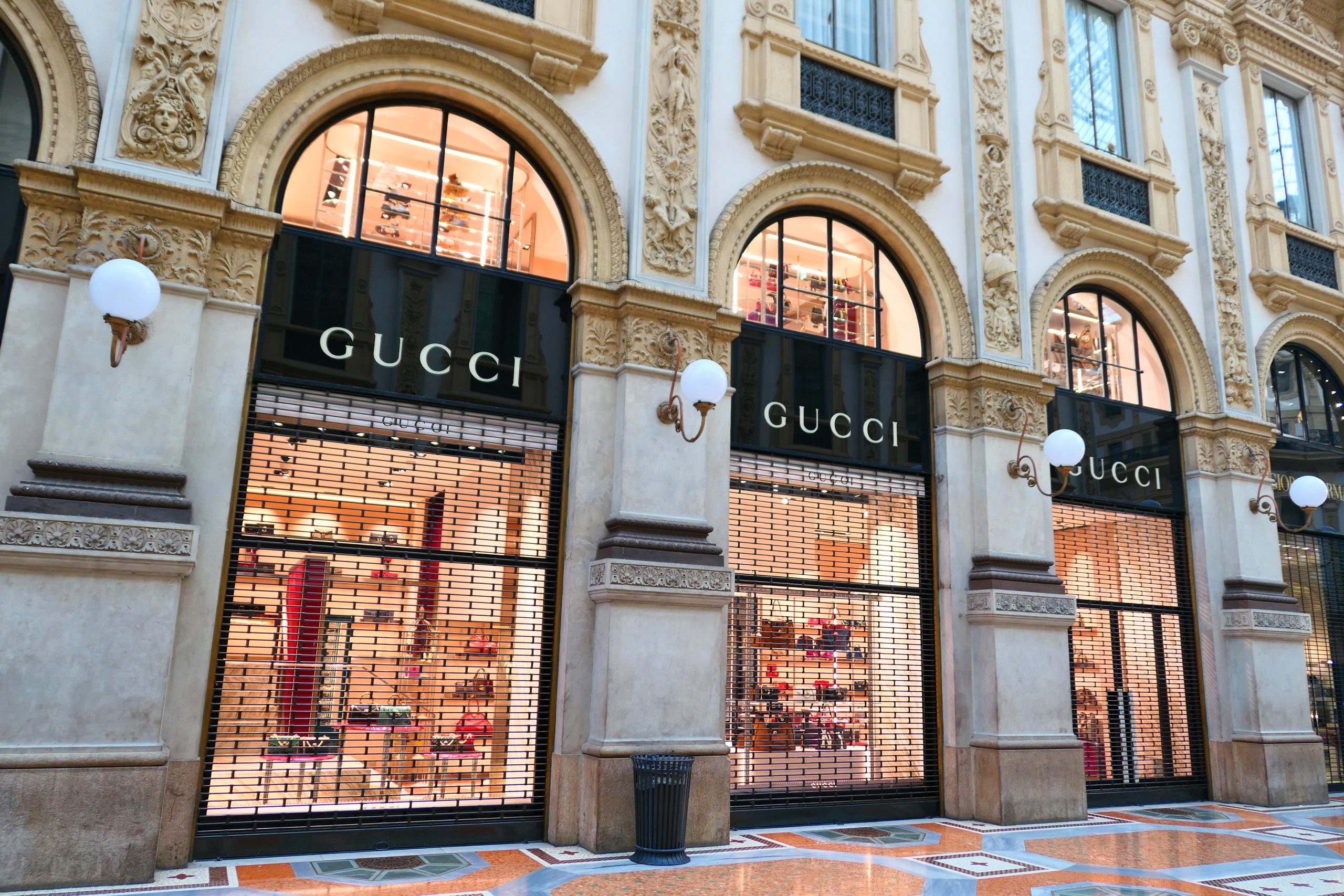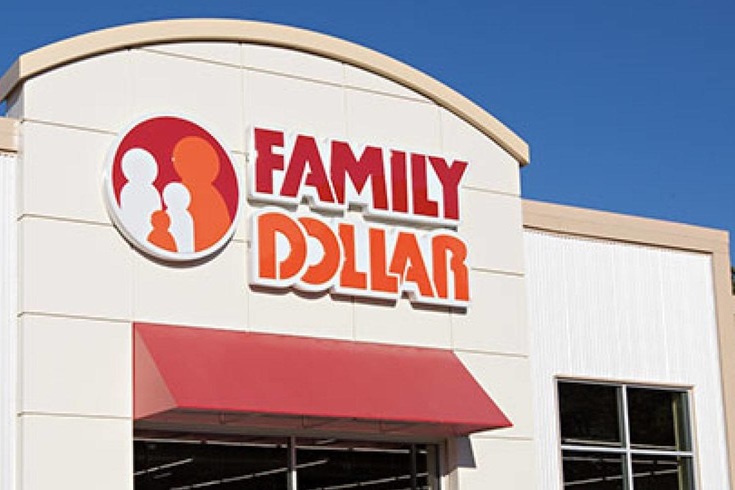
Image source: Studio Barcelona / Shutterstock
Of all the markets negatively affected by the ongoing economic crisis – including commercial real estate – it seems that the high-end boutique stores of New York, Milan, and Paris are not one of them.
Having already spent more than $9 billion on new properties since the start of 2023, luxury brand companies are continuing to buy outlets across many of the world’s most well-known shopping districts.
Some experts have speculated that the motive behind this spending is out of fear. Many believe that if one luxury brand doesn’t buy the prime-location storefront, one of their competitors will, and thus gain an advantage in the retail market, as a result.
Lately, the luxury industry has been more competitive than ever, with tighter budgets and profit margins being experienced across the board. In one of the most recent examples of this ridiculous retail spending, Kering – owners of famed labels like Gucci and Yves Saint Laurent – just paid $1.4 billion to Blackstone this week for a unit on Milan’s renowned Via Montenapoleone street.
For those who don’t know, Via Montenapoleone is one of Europe’s most extravagant and high-priced shopping districts. Kering already has one active Saint Laurent store in the vicinity, and now, after the purchase, is set to add another.
With that said, it is believed that the investors at Blackstone have gotten the better part of the deal. In 2021, the private equity company spent $1.2 billion on 14 properties, including the Via Montenapoleone building sold to Kering.
Going by the rent the building in Via Montenapoleone is currently generating, the figure Kering paid comes to around a 2.5% cap rate, which – considering current interest rates – is a ludicrous price to pay. (Cap rate is the measure of the yield of a property over one year.)
Furthermore, this is now Kering’s second major real-estate acquisition so far this year. In January, the French-based luxury group spent almost $1 billion for a premise on Fifth Avenue in New York City.
It’s not just Kering who has been buying up real estate though. Since the beginning of 2023, several of Europe’s other big luxury labels have also splashed out more than $9 billion on boutique stores throughout some of the world’s biggest shopping venues.
Following in Kering’s footsteps, both LVMH and Chanel are currently scouting for potential properties in New York, with some of the deals looking to be very opportunistic.
With the current downturn in the commercial real estate market, a number of prestigious properties are becoming available on the market, where they wouldn’t have been before.
Both Kering and Prada purchased units on Fifth Avenue from Wharton Properties, a real-estate investing firm currently suffering financially in many of its holdings. For example, the building at 717 Fifth Avenue had been facing foreclosure until Kering stepped in and bought it.
This recent heavy expenditure on properties also indicates just how incredibly competitive the luxury goods industry has become in recent years. The need for a brand to have its own – and not just rent – flagship boutiques has now become a vital component for the success of the business.
As a consequence, luxury brands are spending vast amounts of money to ensure that they keep up with the competition and provide the highest-quality shopping experience possible. For example, some Christian Dior boutiques now provide mini-museums or entire floors set aside for VIP customers to shop privately.
By renting – and not owning – in the cut-throat luxury marketplace, there is a chance that brands could lose their place to buyers. For example, since 2019, LVMH has nearly doubled its market capital and annual sales have increased by roughly two-thirds. This gives the company an incredible amount of financial power to purchase prime real estate ahead of the competition.
As a result of this, accompanied by the fact that Bernard Arnault also directed his family’s real-estate company before founding LVMH, the world leader in luxury now owns around six properties on Rodeo Drive in Beverly Hills and leases others. This makes it almost impossible for other luxury brands to stake their claim in the much sought-after shopping district.
This game of property acquisition and keeping up with the competition is an expensive and potentially costly one. So far this year, the properties purchased by Kering are already around 10% of its overall projected sales figures for 2024. This follows on from the 9% spent on real estate deals in 2023.
Spending exorbitant amounts of capital on real estate might not be the best use of revenue, and for the time being at least Kering will remain renting most of its 1,800 boutiques worldwide. However, if they choose to collaborate with other investors and obtain more key shopping sites, this might prove to be the best way to battle the fierce competition.

Image source: Studio Barcelona / Shutterstock
Of all the markets negatively affected by the ongoing economic crisis – including commercial real estate – it seems that the high-end boutique stores of New York, Milan, and Paris are not one of them.
Having already spent more than $9 billion on new properties since the start of 2023, luxury brand companies are continuing to buy outlets across many of the world’s most well-known shopping districts.
Some experts have speculated that the motive behind this spending is out of fear. Many believe that if one luxury brand doesn’t buy the prime-location storefront, one of their competitors will, and thus gain an advantage in the retail market, as a result.
Lately, the luxury industry has been more competitive than ever, with tighter budgets and profit margins being experienced across the board. In one of the most recent examples of this ridiculous retail spending, Kering – owners of famed labels like Gucci and Yves Saint Laurent – just paid $1.4 billion to Blackstone this week for a unit on Milan’s renowned Via Montenapoleone street.
For those who don’t know, Via Montenapoleone is one of Europe’s most extravagant and high-priced shopping districts. Kering already has one active Saint Laurent store in the vicinity, and now, after the purchase, is set to add another.
With that said, it is believed that the investors at Blackstone have gotten the better part of the deal. In 2021, the private equity company spent $1.2 billion on 14 properties, including the Via Montenapoleone building sold to Kering.
Going by the rent the building in Via Montenapoleone is currently generating, the figure Kering paid comes to around a 2.5% cap rate, which – considering current interest rates – is a ludicrous price to pay. (Cap rate is the measure of the yield of a property over one year.)
Furthermore, this is now Kering’s second major real-estate acquisition so far this year. In January, the French-based luxury group spent almost $1 billion for a premise on Fifth Avenue in New York City.
It’s not just Kering who has been buying up real estate though. Since the beginning of 2023, several of Europe’s other big luxury labels have also splashed out more than $9 billion on boutique stores throughout some of the world’s biggest shopping venues.
Following in Kering’s footsteps, both LVMH and Chanel are currently scouting for potential properties in New York, with some of the deals looking to be very opportunistic.
With the current downturn in the commercial real estate market, a number of prestigious properties are becoming available on the market, where they wouldn’t have been before.
Both Kering and Prada purchased units on Fifth Avenue from Wharton Properties, a real-estate investing firm currently suffering financially in many of its holdings. For example, the building at 717 Fifth Avenue had been facing foreclosure until Kering stepped in and bought it.
This recent heavy expenditure on properties also indicates just how incredibly competitive the luxury goods industry has become in recent years. The need for a brand to have its own – and not just rent – flagship boutiques has now become a vital component for the success of the business.
As a consequence, luxury brands are spending vast amounts of money to ensure that they keep up with the competition and provide the highest-quality shopping experience possible. For example, some Christian Dior boutiques now provide mini-museums or entire floors set aside for VIP customers to shop privately.
By renting – and not owning – in the cut-throat luxury marketplace, there is a chance that brands could lose their place to buyers. For example, since 2019, LVMH has nearly doubled its market capital and annual sales have increased by roughly two-thirds. This gives the company an incredible amount of financial power to purchase prime real estate ahead of the competition.
As a result of this, accompanied by the fact that Bernard Arnault also directed his family’s real-estate company before founding LVMH, the world leader in luxury now owns around six properties on Rodeo Drive in Beverly Hills and leases others. This makes it almost impossible for other luxury brands to stake their claim in the much sought-after shopping district.
This game of property acquisition and keeping up with the competition is an expensive and potentially costly one. So far this year, the properties purchased by Kering are already around 10% of its overall projected sales figures for 2024. This follows on from the 9% spent on real estate deals in 2023.
Spending exorbitant amounts of capital on real estate might not be the best use of revenue, and for the time being at least Kering will remain renting most of its 1,800 boutiques worldwide. However, if they choose to collaborate with other investors and obtain more key shopping sites, this might prove to be the best way to battle the fierce competition.



